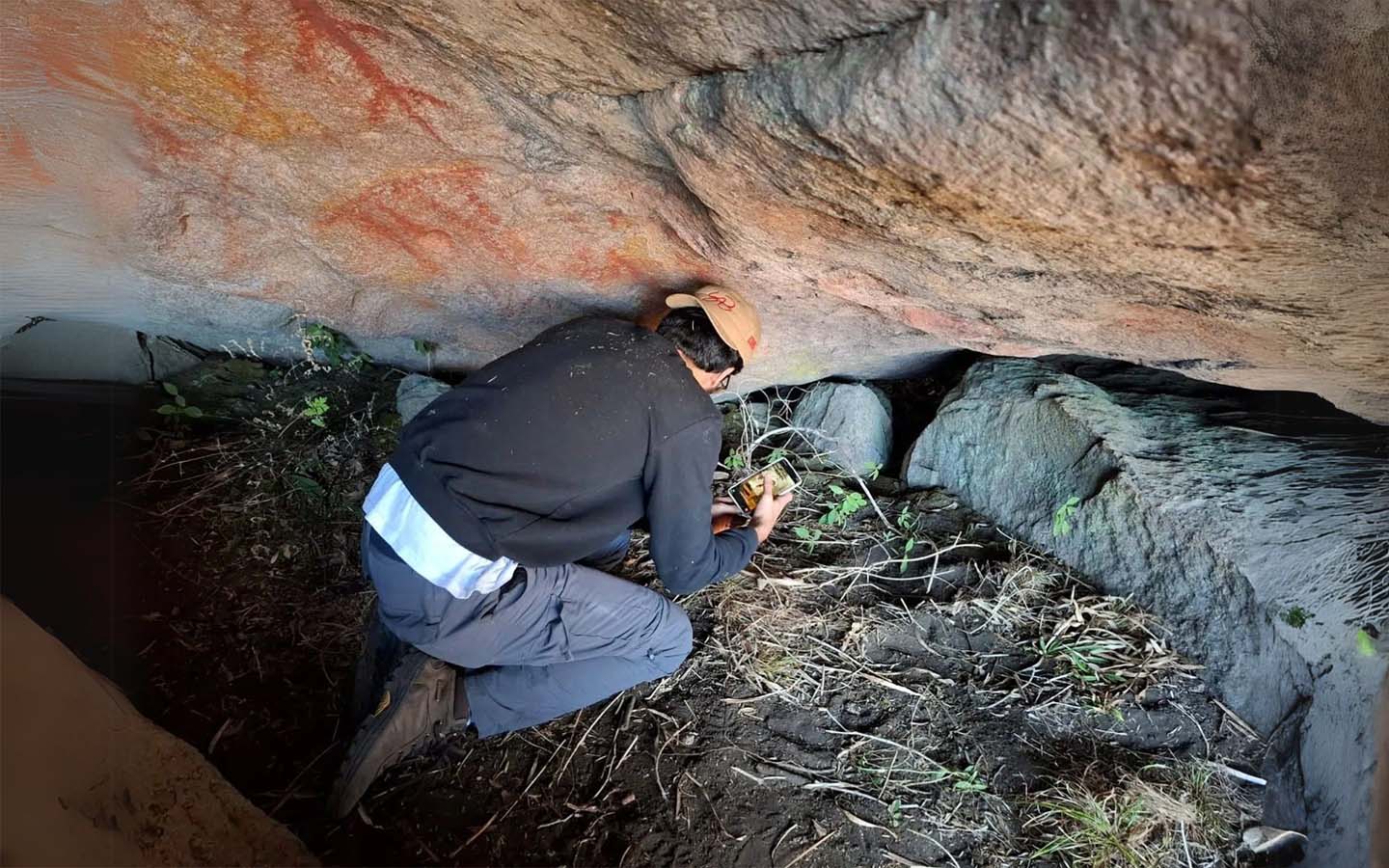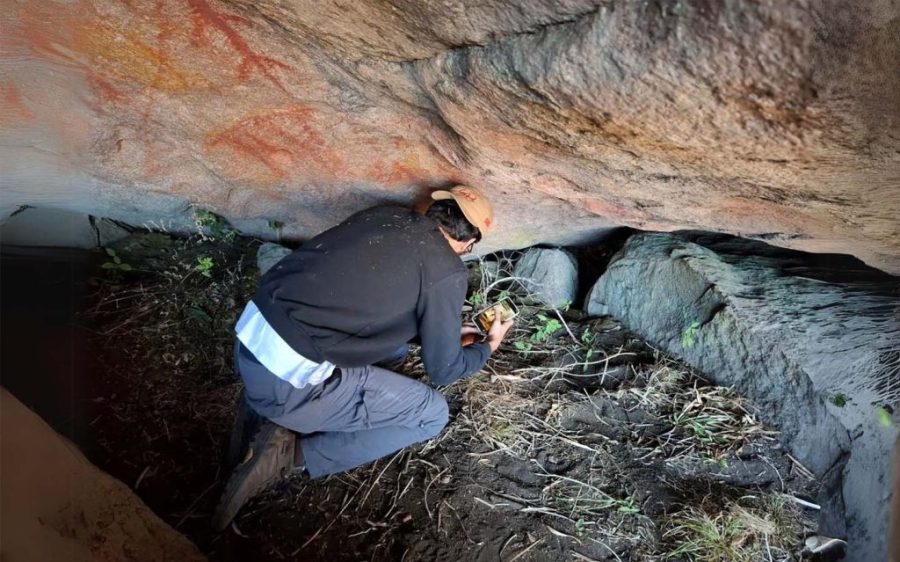Cave paintings discovered in Itatiaia National Park, the first to be found in the state of Rio de Janeiro, could rewrite our understanding of indigenous history in southeastern Brazil, reports Agência Brasil.
One of the most fascinating Brazilian archaeological discoveries in recent years was entirely by chance. Andrés Conquista, while participating in a hiking expedition at Agulhas Negras back in 2023, stumbled across an unusual rock formation while photographing native flowers. Intrigued, he began exploring and found the paintings.
“At first I thought it might be graffiti left by tourists,” he told the news agency, “But a few seconds later, I noticed there were no names or dates. That’s when I realized it could be something very old.”
Park authorities quickly alerted the Chico Mendes Institute for Biodiversity Conservation (ICMBio) and the National Institute of Historical and Artistic Heritage (IPHAN), who initiated emergency protocols to preserve the site. While research is still in the early stages, MaDu Gaspar, a professor in the Archaeology Programme at the National Museum who works on the site, told Agência Brasil, “We’re considering the possibility that [the cave paintings] date back 2,000 to 3,000 years”.
The site’s proximity to a hiking trail is part of why the discovery is only being publicised now, two years after Conquista found it. “We hope to open the site to public visitation in the future,” park manager Felipe Mendonça told Rota Verde, “but only after studies are completed and with preservation guarantees.” It is currently fenced off and monitored by surveillance cameras; trespassers “will face heavy fines,” according to the park’s press office.
[See more: Is this the oldest ever depiction of a kiss?]
Cave paintings are among the oldest cultural expressions of humanity, transmitting aesthetic and symbolic values of the societies that produced them across generations, even millennia. The oldest ever found date back more than 40,000 years, some even pre-dating the arrival of modern humans, meaning this tradition was even shared with our Neanderthal brethren.
The paintings discovered in Itatiaia National Park, a collection of geometric symbols, parallel lines and images of animals including lizards, were created with pigmentation from minerals such as iron oxide, a key element of red ochre.
The preliminary report from ICMBio points out that similar characteristics and symbols have been found at several other rock art sites in southern Minas Gerais and Bahia, suggesting “an intense exchange of knowledge between indigenous groups” which “challenges the view that ancient communities lived in isolation.” If the Itatiaia site is part of this larger tradition, it would mark the southernmost surviving site in Brazil.
“Regions with shelters and caves featuring rock art are rarely isolated sites. We’re investing in exploring this area,” Gaspar explained to Agência Brasil. Experts believe the site will provide new evidence about the ways of life, beliefs and social organisation of the people who inhabited the Mantiqueira region thousands of years ago.
“This is just the beginning of the research,” she said. “We’re uncovering a reality that was previously unknown to us, and there’s still a long journey ahead.”






